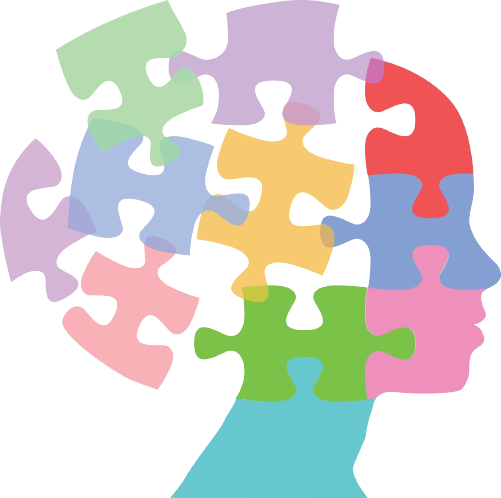Hyperfocus is a unique symptom of ADHD that often leaves us confused. Children and adults with this disorder possess the ability to focus intensely on an activity or project that stimulates their interest. They can spend hours at a time completely absorbed in the task at hand, oblivious to their surroundings. This is the opposite of distractibility that is common in ADHD. It can be confusing to identify hyperfocus as a symptom of the disorder because of the nature of the attention dysfunction. Let’s connect to understand this experience for individuals with ADHD and support productivity.
What is hyperfocus?
Hyperfocus is a term used to describe a state of intense concentration on an interest or activity that can last for hours. Those who experience hyperfocus become so consumed by their task that they may forget to eat, sleep, or tackle higher priority needs. Children and adults with ADHD often exhibit hyperfocus when engaged in activities that pique their interest.
What causes our brain to hyperfocus?
People with ADHD can actually become hyperfocused on activities that they find particularly engaging or rewarding. Research suggests that this hyperfocus is the result of abnormally low levels of dopamine in the brain’s frontal lobes, the area responsible for decision-making and executive function. When dopamine levels are low, it becomes challenging to switch between boring or mundane tasks, and the brain becomes drawn to activities that provide instant feedback and stimulation. This can lead to a hyperfocused state in which someone is fully engaged in a task and reluctant to switch to something else.
How to support hyperfocus?
- Introduce a schedule for activities that tend to result in hyperfocus. This often involves limiting the time spent doing highly engaging activities such as watching television or playing video games.
- Try using definitive time points, such as the end of a movie, as a signal that the child needs to shift their attention. Doing this can prevent them from becoming engrossed for too long.
- Promote activities that remove them from isolation and that promote being social.
- Learn more about your pattern of hyperfocus by increasing self-awareness.
- What does hyperfocus look like for you?
- How long does it occur?
- Do you neglect self-care?
- How do you respond to interruptions?
- Plan and Prioritize:
- Brain dump all tasks for the day/week
- Prioritize tasks by urgency/importance. Set priorities and achieve them step by step. This prevents focusing on one activity for too long.
- Break down day into blocks of time and assign urgent tasks first.
- Limit quantity of tasks per block to reach goals and feel accomplishment
- Flag tasks that can be rolled over to tomorrow.
- Set timers and reminders to help complete all essential tasks, activities, or chores.
- Shift your environment to minimize noise and distractions if it becomes apparent that hyperfocus is starting to set in and away from your set goals.
- Try to time box and open emails and return call at specific time. This can help break up intense periods of focus.

